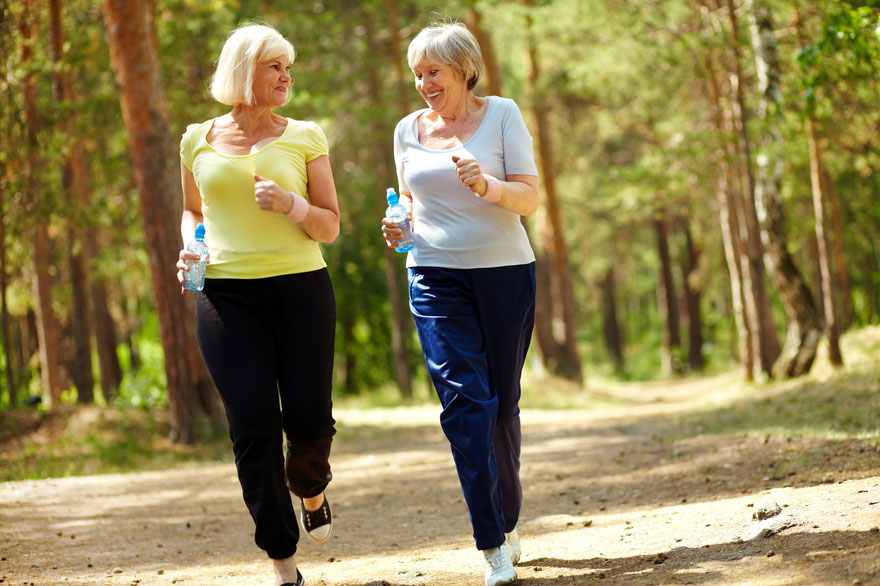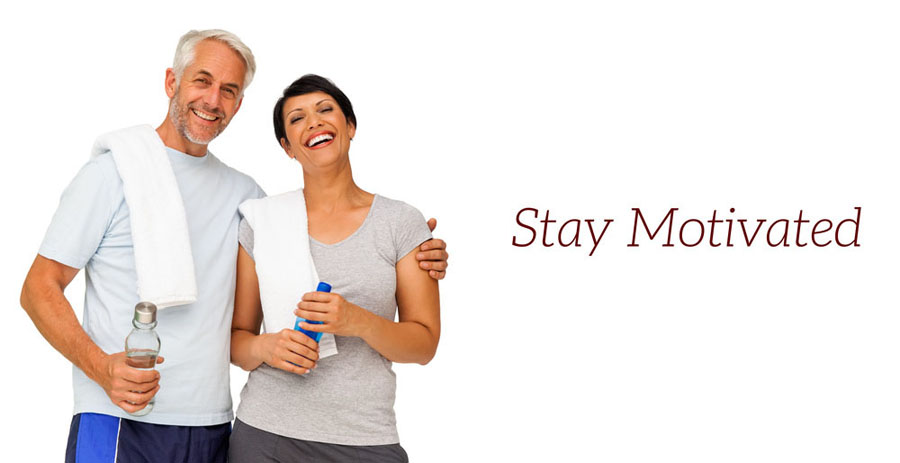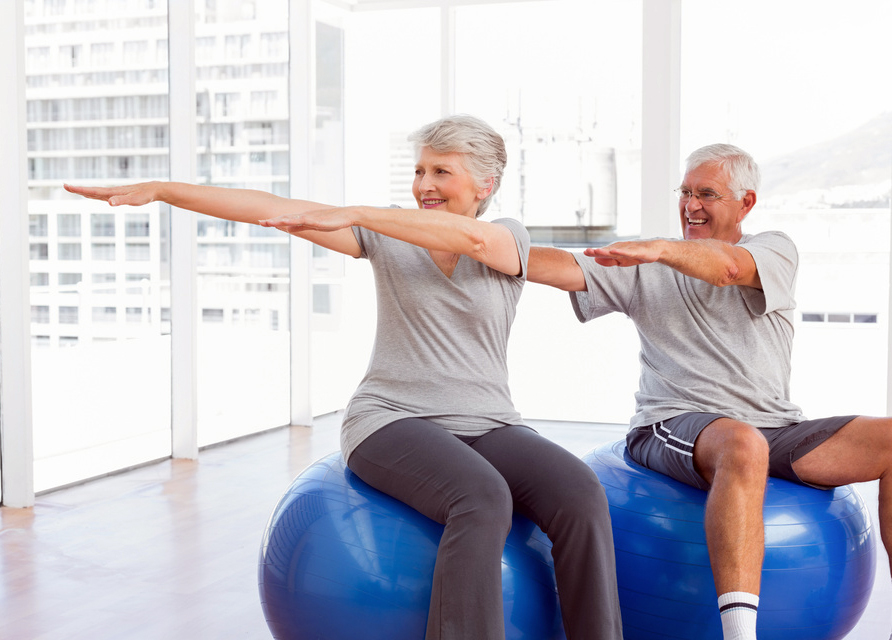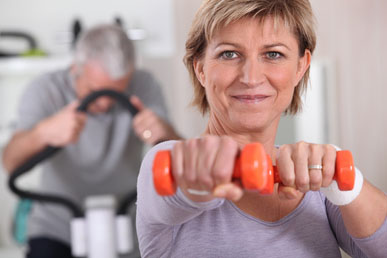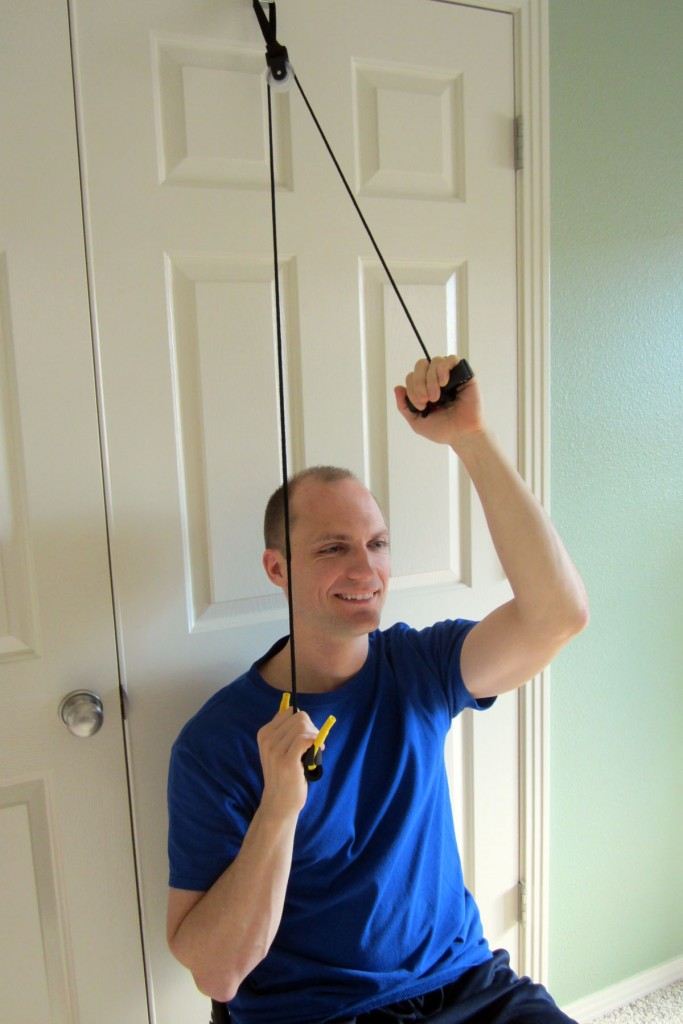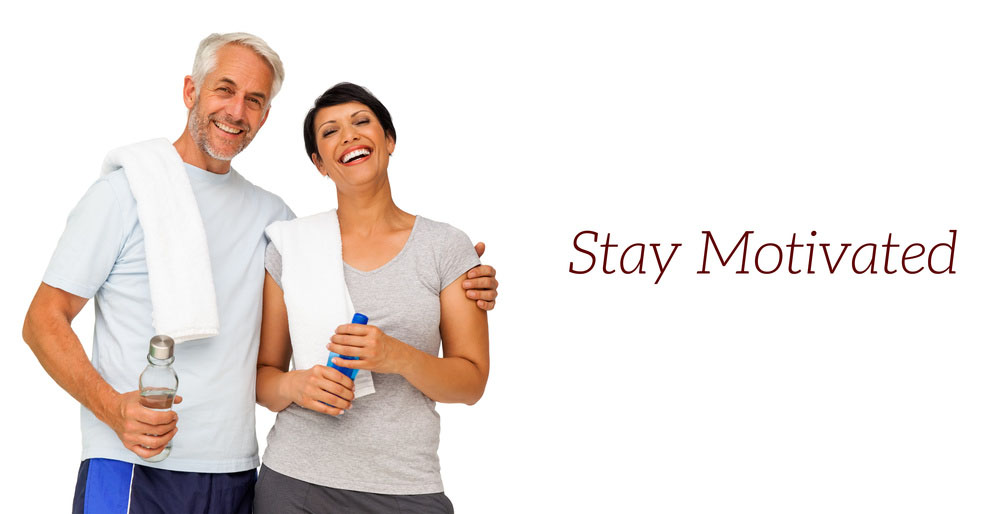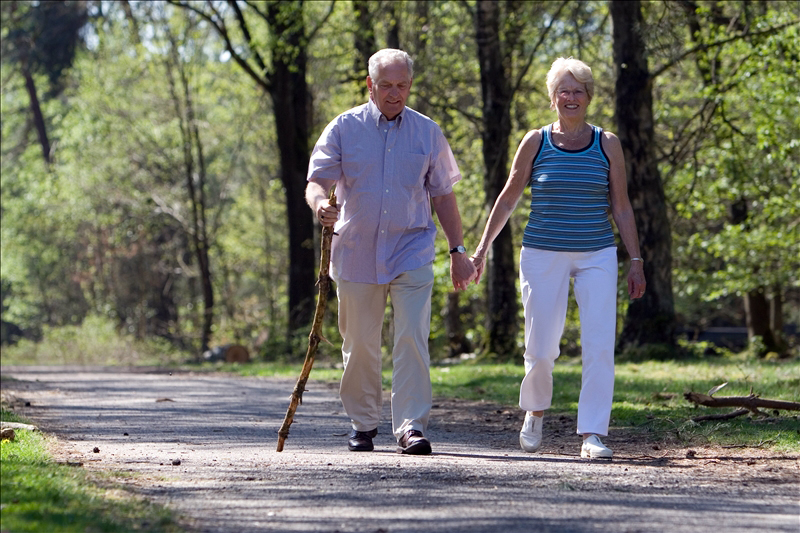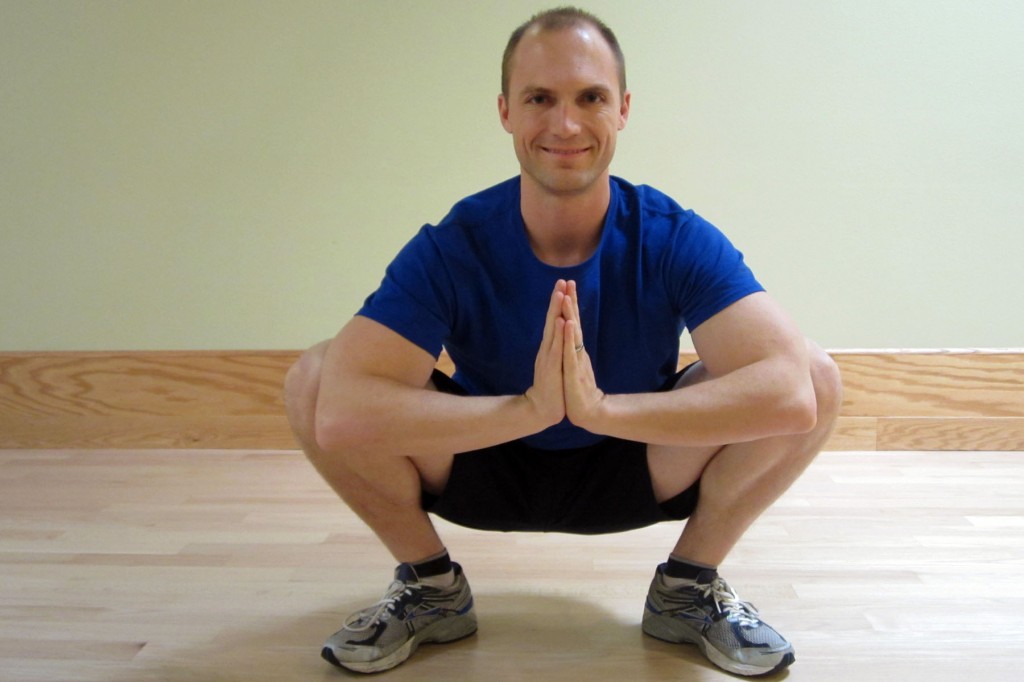Walking is a wonderful method of exercise. Out of all the possible movements humans can perform for mobility, we are best at walking! Since most of us started at a very early age, we are familiar with walking. It has different purposes and offers many benefits. We walk to get somewhere, to have fun, to relax, and to exercise. Compared to other activities, walking is easy on your body and can fit into your busy schedule. Walking daily can reduce stress, improve circulation and hormone regulation as well as benefit your overall well-being. It just makes you feel good!
As we consider what it means to age successfully, we must look at our ability to live safely, independently, and comfortably regardless of age. In order to age successfully, we must be intentional about the process. A walking routine can help you to manage each of these critical components to successful aging including: physical health, mental health, emotional health, community, and finances (particularly if leading a healthy lifestyle helps you to avoid the ever growing costs of health care).
Almost anyone can walk, even those who may have a temporary or permanent medical condition which doesn’t allow for other forms of exercise. Walking can still be appropriate for those with the following conditions:
- Certain Forms of Arthritis – There are 171 different kinds of arthritis. Although causes and presentations vary, the most common form is osteoarthritis (OA). Regular exercise and a range of motion (ROM) program is a critical component to proper management of arthritis. For more information specifically on Rheumatoid Arthritis, please refer to Q & A: Exercises Beneficial in Managing Rheumatoid Arthritis.
- Joint Replacement – As America’s population continues to age, total joint replacement has become an increasingly more popular method to treat pain and arthritis in joints.
- Morbid Obesity – Morbid obesity is defined as a Body Mass Index (BMI) greater than 40 or having more than 100 lbs. of body weight.
- Recent Medical Procedures or Injury – Often after a medical procedure, physicians will advise not to run or participate in overly strenuous exercise during recovery. Walking is nearly always indicated as part of a recovery process (particularly after spinal surgery). Many lower leg surgeries may indicate a reduced or non weight bearing time period when walking isn’t recommended. Always refer to your physician and physical therapist regarding when to avoid activity. Once you have sufficiently healed, you can taper back into your prior level of activity and walking program. Your physician or physical therapist can offer advice on how to safely resume your activities.
- Chronic Injury or Illness – Past injuries or illness can cause permanent injury and debility. Sometimes it may cause someone to have to permanently alter his/her ability to participate in more high impact activities. Other forms of chronic disease, such as fibromyalgia, may make intense exercise unreasonable. In almost all of these cases, a walking program may be indicated.
- Severe Osteoporosis – Osteoporosis is the weakening of the bones. Besides dietary modification, the best course of treatment is weight bearing activities such as weight training and walking.
Walking is a wonderful form of exercise. Regardless of your age and fitness level, I believe walking should be part of a healthy lifestyle. Many of the benefits of walking overlap. Improving your circulation and hormone function will have a positive effect on other areas of your health.
What are the benefits of walking?
- Lowers the risk of heart disease, stroke, and diabetes.
- Lowers your risk of cancer, including breast cancer.
- Improves circulation and blood flow to the entire body.
- Releases stress reducing hormones.
- Releases hormones that can control blood sugar levels for up to 24 hours. This helps to reduce your risk of diabetes while keeping your energy levels stable throughout the day.
- Keeps your mind sharp and reduces your risk of Alzheimer’s disease and dementia.
- Boosts your immune system.
- Improves sleep quality.
- Reduces pain levels.
- Helps to manage arthritis symptoms. Please refer to Exercise is an Effective Treatment for Knee Arthritis Pain.
- Helps to maintain your eyesight and avoid cataracts through improved circulation.
- Reduces the risks of periodontal disease.
- Burns calories.
- Helps to prevent constipation.
- Walking in a fasted state can help your body to learn how to utilize fat more efficiently as an energy source.
- We are naturally good at walking. Do it daily!
- It is a weight bearing activity that can be beneficial in reducing osteoporosis.
- Keeps the spine healthy. The walking motion is vital to nutrient exchange in the spinal discs.
Typical guidelines suggest walking for 30 minutes per day, five or more times per week. The recommended 30 minutes per day doesn’t need to be performed all at once. I highly encourage you to walk more than 30 minutes–just in shorter sessions throughout the day. When formulating a walking plan, look for ways to add a short distance here and there.
As part of a regular exercise plan, walking in the morning can be an excellent method to help energize your day by starting out on the right path mentally and emotionally. If performed prior to breakfast, walking also has the additional benefit of helping to regulate your appetite. When performing low intensity exercise in a fasted state, your fat burning capability increases while your hormone levels stabilize. Walking after dinner has a similar effect on hormone levels (particularly with stabilizing insulin levels).
If you want to increase the amount of calories burned during a walk, you may need to make a few changes to your morning or evening stroll. Don’t walk at your preferred speed. The trick is to make your body inefficient by walking slower, faster, uphill, downhill, or at varying speeds. Perform a high intensity workout by walking uphill briskly or using the Fartlek method.
Nordic walking, which utilizes walking poles that can help to stabilize you if your balance is poor, is also very popular. The use of walking poles can reduce stress from your back and lower extremity joints, increase your body strength, and burn more calories than traditional walking!
The most important component of a walking program is actually doing it! If you are unable to ambulate safely or need an assistive device to ambulate safely, walk with a friend or group. You may consider walking in safe location, such as a shopping center or mall, to avoid environmental hazards. With a little thought and preparation, walking can be possible for nearly everyone. If you are experiencing issues with balance, safety or other orthopaedic concerns, please consult a physical therapist. The American Physical Therapy Association (APTA) offers a wonderful resource to help find a physical therapist in your area. In most states, you can seek physical therapy advice without a medical doctor’s referral (although it may be a good idea to hear your physician’s opinion as well).
Choose walking as an intentional exercise and add it to your daily activities as part of a healthy lifestyle. You will feel better and likely live longer when you incorporate this critical component to aging gracefully and successfully.
Which benefits have you experienced from your walking program? Please leave your comments below.
If you have a question that you would like featured in an upcoming blog post, please comment below or submit your question to contact@thePhysicalTherapyAdvisor.com. Be sure to join our growing community on Facebook by liking The Physical Therapy Advisor!

